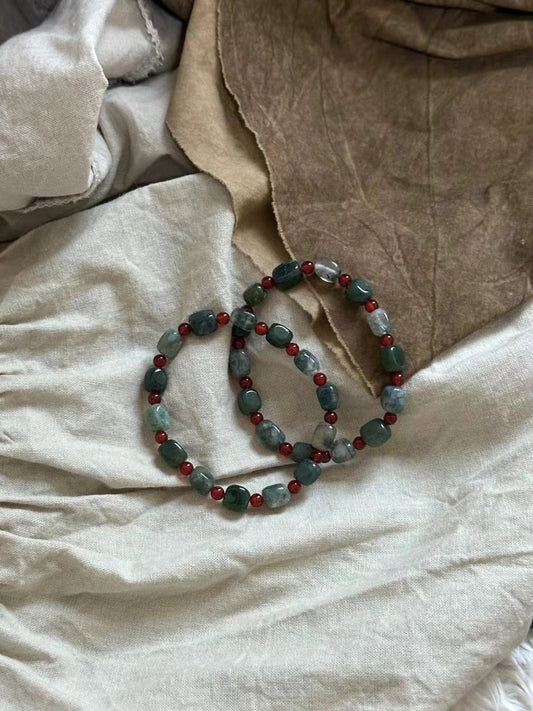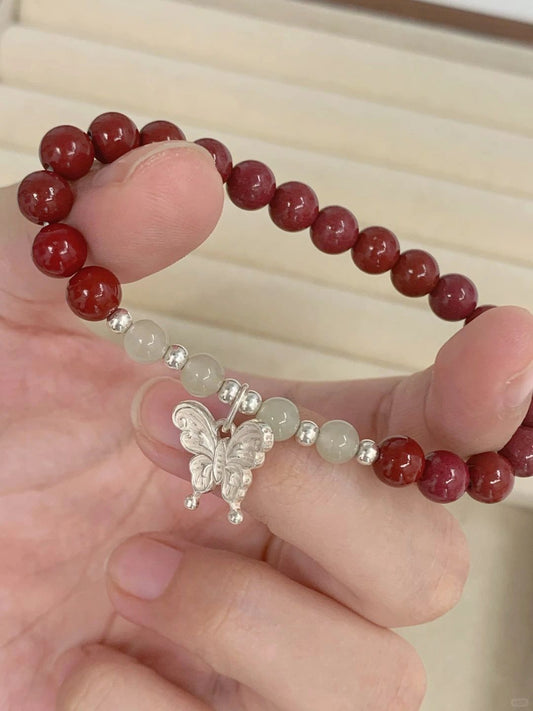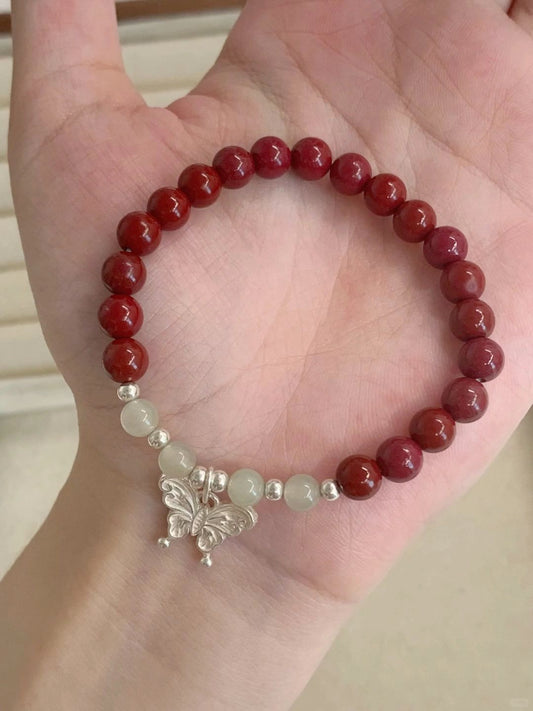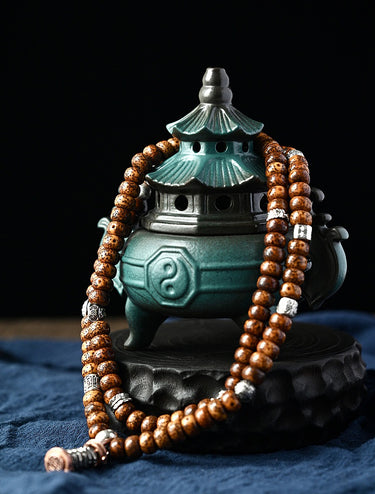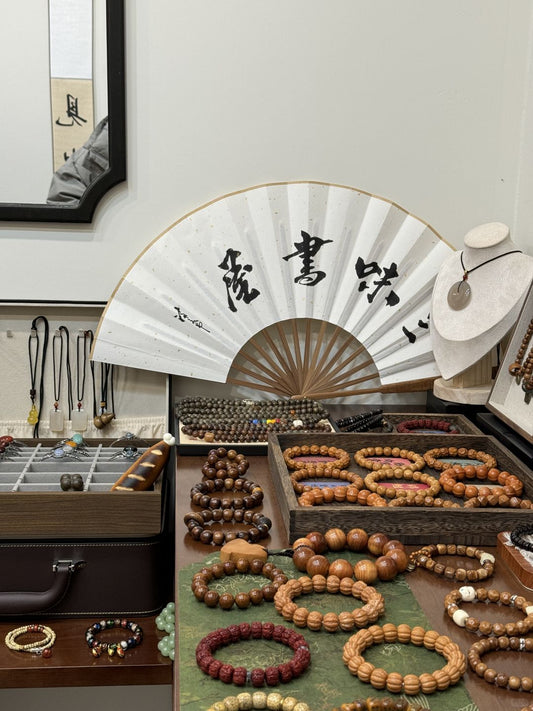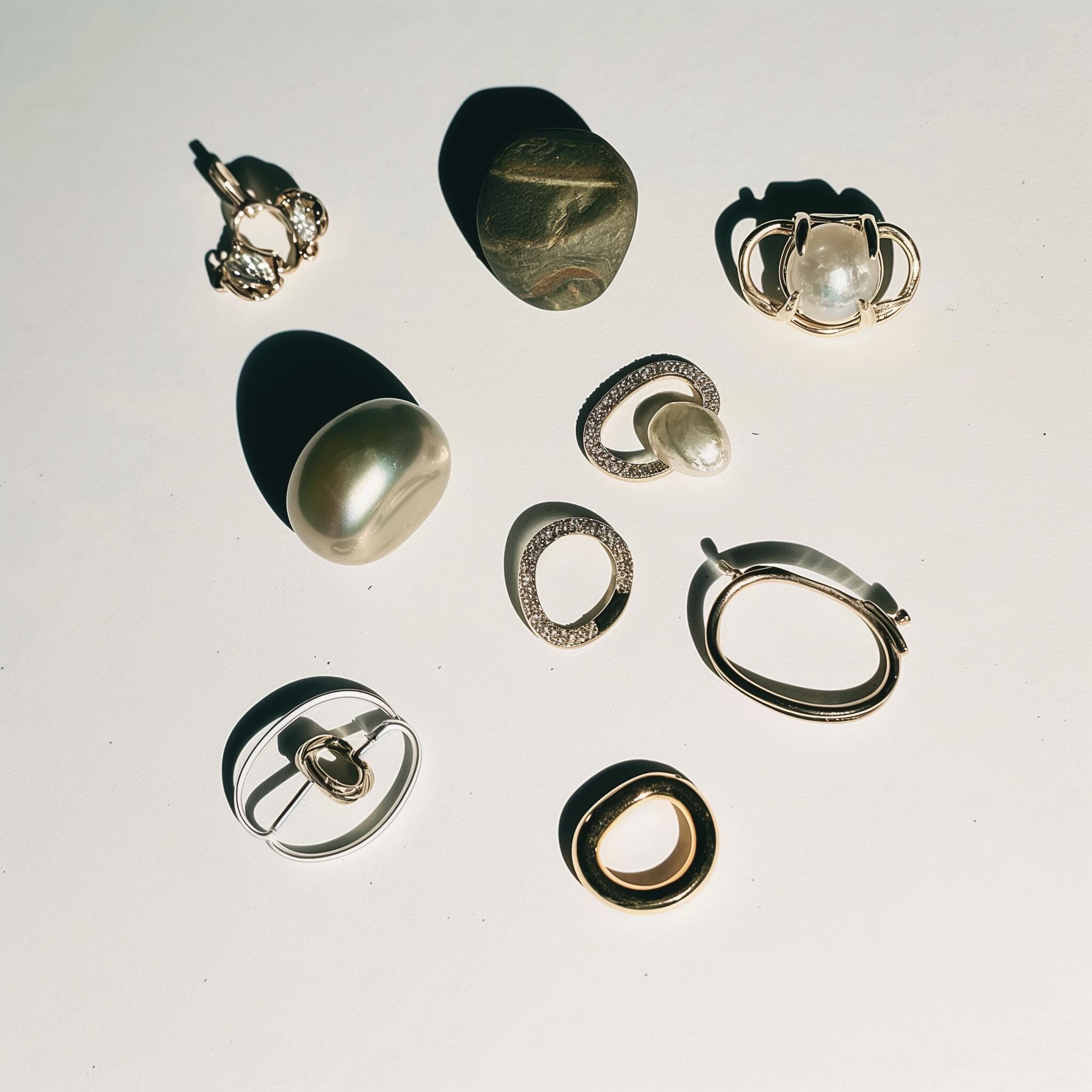Jade, Nephrite Origins, Meaning, and Cultural Significance
What is Nephrite Jade?
Nephrite is a hydrous calcium magnesium silicate with a fibrous or dense mass structure that belongs to the amphibole group of rock-forming minerals, primarily composed of tremolite and actinolite, along with other trace mineral components. Nephrite was first discovered in Xinjiang's Hetian region, which is why it is also referred to as "Hetian jade" or "Xinjiang jade." The varieties of nephrite are mainly classified based on their color. Among white nephrite, the finest quality, which is as white as mutton fat, is known as "mutton fat jade." Hetian jade also served as one of the earliest bridges and links between Xinjiang and the mainland. The earliest caravans traversing the "Silk Road" carried not silk, but Hetian jade. Thus, the precursor to the "Silk Road" was the "Jade Road."

The Origins of Jade
Jade culture is an essential part of traditional Chinese culture. The roots of Chinese jade culture can be traced back to the Paleolithic period when it already embodied the concept of primitive stone worship. Jade artifacts in China date back to the early Neolithic period, over 7,000 years ago, and they have appeared in various regional cultural sites throughout history. China is the earliest and longest continuous user of jade in the world, rightfully earning the title of the "Land of Jade."
As history progressed, jade was attributed with more functions and meanings: it was widely used in national rituals, serving as a vital instrument for stabilizing the state, while also acting as a token of affection between individuals during marriage, and as a treasured heirloom. The qualities of jade—its translucence, purity, warmth, and hardness—have been imbued with various noble spiritual meanings. In the eyes of the Chinese, jade symbolizes holiness, nobility, beauty, and steadfastness.
In modern society, jade has become accessible to ordinary families, with owning and wearing jade seen as a mark of beauty and value. Over thousands of years, through the value of jade and the long-term use and appreciation of different types of jade, people have summarized the strengths and weaknesses of jade from various regions, leading to the classification of the four types of jade we now refer to as the "Four Famous Jades of China."

Nephrite Jade Meaning
Nephrite jade is believed to embody several positive qualities:
Protection: Many believe that nephrite jade has protective properties, warding off negative energies and bringing peace to the wearer.
Harmony: The stone is associated with balance and harmony, promoting emotional stability and well-being.
Wisdom: Nephrite jade is often linked to wisdom and longevity, making it a popular gift for elders and loved ones.
In traditional Chinese medicine, nephrite jade is also believed to have healing properties, aiding in detoxification and enhancing overall health.

The Importance of Jade in Chinese Culture
Jade, with its beautiful appearance and hard texture, has been imbued with numerous meanings. Ancient emperors regarded jade as a natural masterpiece, a ruler among all things, and they crafted it into ritual vessels for ceremonies. People believed that jade, as a stone, encompassed the essence of heaven and earth, possessing magical powers. Most importantly, jade has been a symbol of noble character throughout history.
Jade is associated with five virtues:
Benevolence (仁): The smooth and lustrous feel of jade, shaped by the elements over time, represents the Confucian virtue of benevolence.
Righteousness (义): The translucent quality of jade allows one to see its purity; its inner and outer qualities are aligned, symbolizing loyalty and righteousness.
Wisdom (智): When struck, jade emits a clear sound that resonates over long distances, symbolizing that wisdom can reach far and wide.
Courage (勇): An ancient saying goes, "Better to be shattered like jade than to remain whole like clay." This reflects the indomitable spirit of the Chinese people over thousands of years.
Purity (洁): When jade breaks, its edges are not sharp, indicating that it has its own character while remaining gentle and not harming others. It represents maintaining one's integrity and avoiding moral corruption.
Due to its purity, flawlessness, and the virtues it embodies, many cultured individuals in ancient times wore jade as a mark of refinement.

Conclusion
Nephrite jade is unique in Chinese culture and is believed to embody virtue, protection, and tradition. Its origins, spiritual significance, and artistic value make it a cherished material that transcends time. Throughout Chinese history, nephrite jade has inspired countless artisans, leading to intricate carvings and elegant jewelry. The craftsmanship involved in working with nephrite is highly respected.












































































































